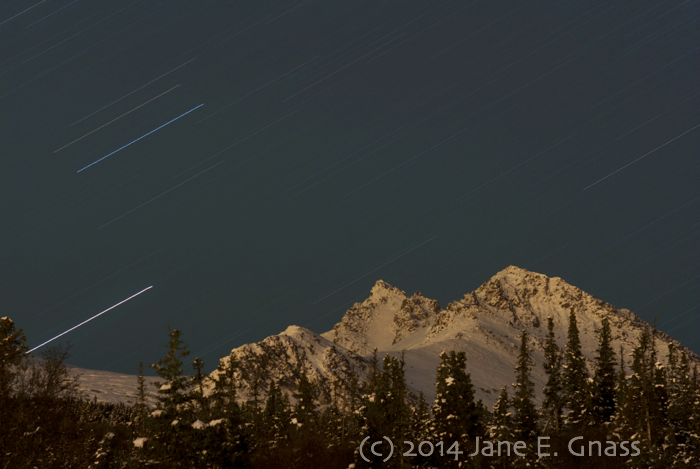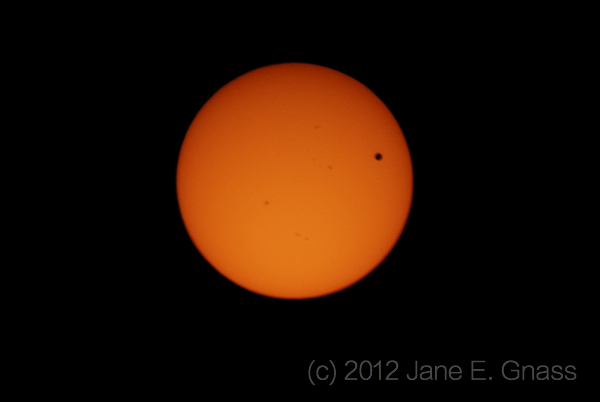One of the best things about winter in Alaska is the inky black sky away from the city with a dome of stars so deep and bright it gives you a sense of vertigo. For some folks, those amazing starscapes are the best reason to get into the backcountry, or just away from town. The night sky is infinitely interesting, and, like any experience in nature, knowledge only makes the experience deeper. On the next Outdoor Explorer, we’re going to learn about the stars and watching them as an outdoor Alaskan activity.

HOST: Charles Wohlforth
GUESTS:
- Omega Smith, manager, UAA Planetarium
- Suzanne Lorenz, professor, UAA Department of Physics and Astronomy
- Jane Gnass, amateur astronomer, professional stargazing enthusiast
LINKS:
- UAA Planetarium, tickets to shows through uaatix.com
- GoSkyWatch phone app
- NASA eclipse website
- SeaSky.org’s celestial calendar
-
Sky and Telescope: a resource for astronomers (amateur and professional
-
Google Sky: like Google Earth, but for inner space
-
Neave Planetarium: an online place to explore the cosmos
-
SpaceWeather.com: news and information about the Sun-Earth environment
UPCOMING CELESTIAL EVENTS:
- Ursids Meteor Shower, Dec. 17-25, expected to peak the evening of Dec. 22, more information at SeaSky.org
- Jupiter at Opposition, Feb. 6, more information at EarthSky.org
- Solar Eclipse, March 20, watch online at Slooh.com
- Lunar Eclipse, or the “Blood Moon,” April 4, more information from NASA
BROADCAST: Thursday, December 18, 2014, 2:00 – 3:00 p.m. AKDT
REPEAT BROADCAST: Thursday, December 18, 2014, 9:00 – 10:00 p.m. AKDT
SUBSCRIBE: Receive Outdoor Explorer automatically every week via
Go to OUTDOOREXPLORER.ORG
Audio to be posted following broadcast





